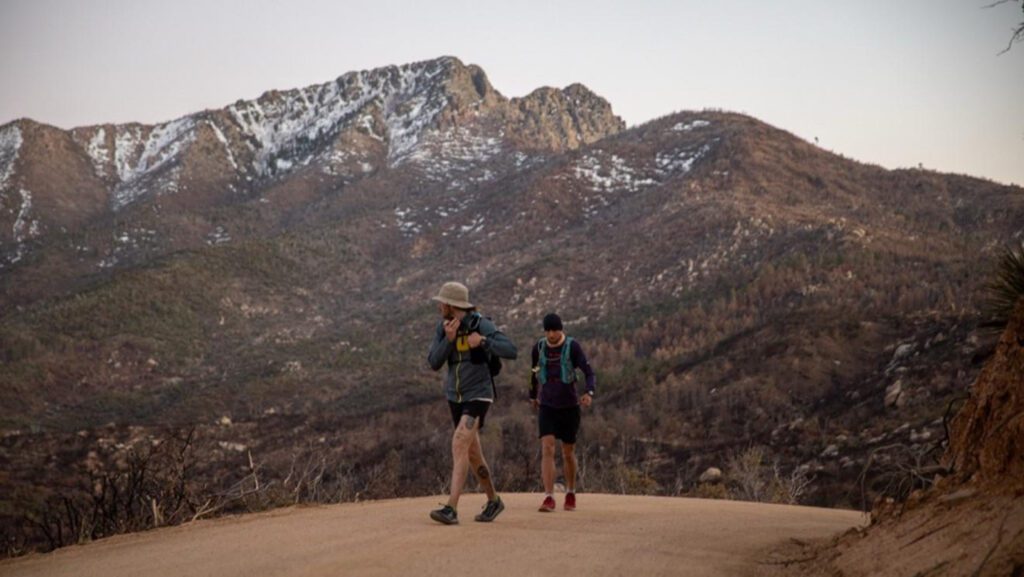Ultra-endurance athletes triumph over staggering distances and harsh conditions. But one of their toughest foes may be their own metabolic ceiling.
By scrutinizing a group of top-tier long-haul athletes, scientists have now helped clarify the upper limits of human energy expenditure. The results, published October 20 in Current Biology, suggest that though the spirit may be willing, the body just can’t beat biology.
Biological anthropologist Drew Best and his colleagues studied a group of 14 elite, highly trained and mostly full-time athletes over the course of a year. The athletes in the study “provide a natural experiment,” says Best, of the Massachusetts College of Liberal Arts in North Adams. “What are the ultimate limits to human physical performance when the factors that limit most of us are removed?”
These athletes were no strangers to grueling long-distance races. The 10 ultramarathoners in the group, for instance, ran an average of about 6,500 kilometers, or more than 4,000 miles, during the study. At various times over the study, athletes drank water made with stable, traceable versions of hydrogen and oxygen that could then be measured in their urine. Along with training records, this labeled water allowed scientists to calculate how much carbon dioxide an athlete had produced, and by proxy, how much energy had been used.
Over short times, the athletes pulled off amazing feats of energy expenditure. The highest measurement was just over seven times the basal metabolic rate, or BMR. That’s the rate the body burns energy just doing its basic jobs, such as breathing, maintaining temperature and pumping blood. But when analyzed over the long haul, these athletes’ energy burns leveled off to around two and a half times their BMR.
The results fit with earlier measurements of people exerting lots of energy, including Tour de France racers, arctic trekkers and people who are pregnant or lactating. “Finding that this group, on average, didn’t break the ceiling over the long-term lends strong support to the ceiling being somewhere around 2.5,” Best says.
Thanks to studies like these, “we’re starting to get a more complete picture of what the requirements are for these long, arduous work bouts,” says exercise physiologist Andrew Creer of Utah Valley University in Orem, who wasn’t involved in the study. “The more we understand this, the better we can help people plan and prepare.”
Two and a half times the resting rate may not sound like very much, but it’s actually impressive, Creer says. That would be 4,500 calories for an athlete who burns around 1,800 calories at rest. “That’s still a big day,” Creer says. Sustaining that over a year, for instance, “is still an impressive output.”
The study relied on some assumptions that may have introduced wiggle room in the estimates. In its assessments, the team assumed that ultramarathoners ran the races. If the athletes ended up walking for some of the race, that would have led to less energy burned.
It’s also possible there are athletes who operate above this ceiling, Best says. “Outliers probably exist,” he says. But he doubts that that “any significant majority of any population” operates substantially above that limit.
Most people can’t even get close to the limit, and even if they could, they might get hurt, Best says. “We’re studying the Ferraris to learn about the Hondas.” But if you’re in this latter group, don’t feel bad. Hondas, as Best points out, can go for 250,000 miles.

